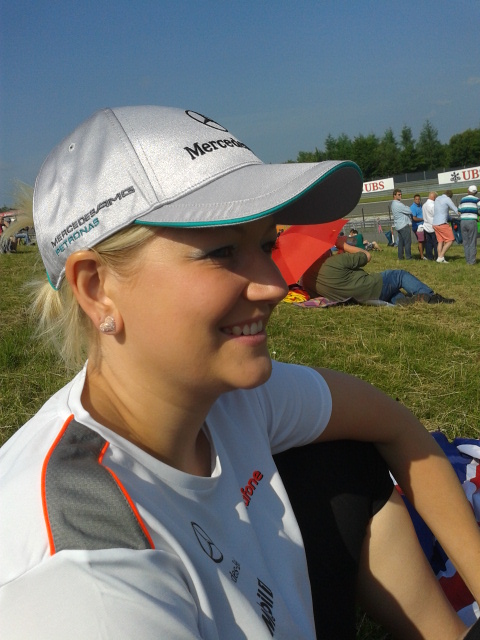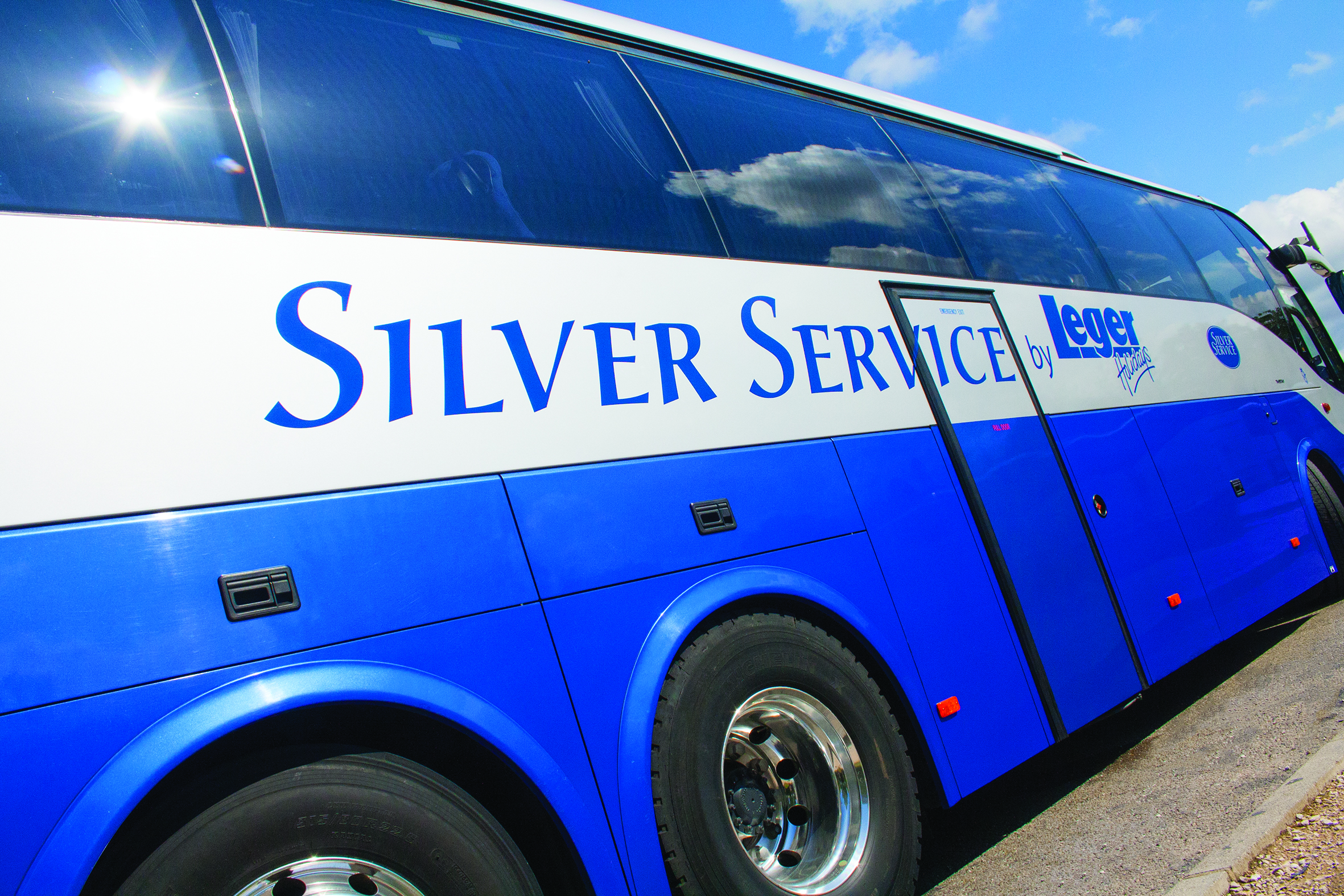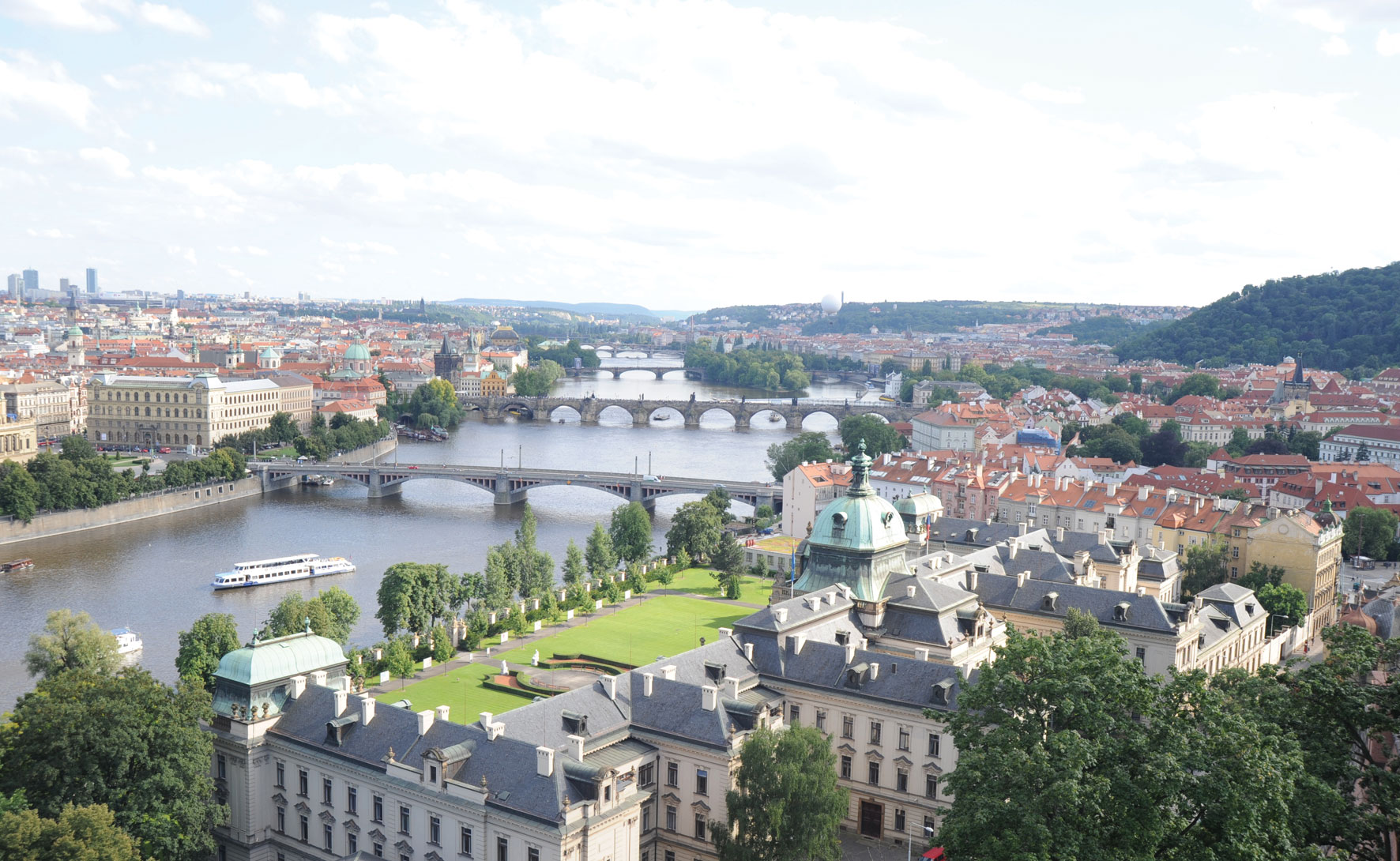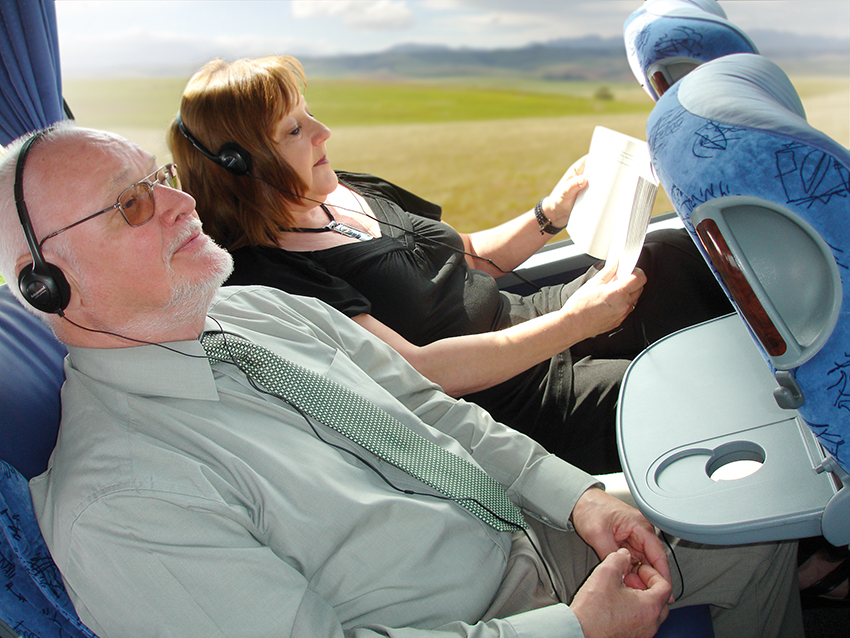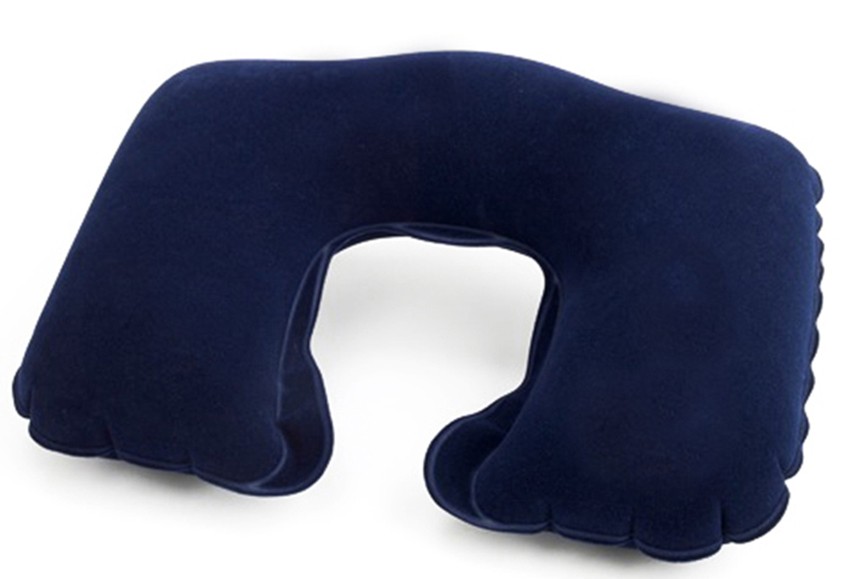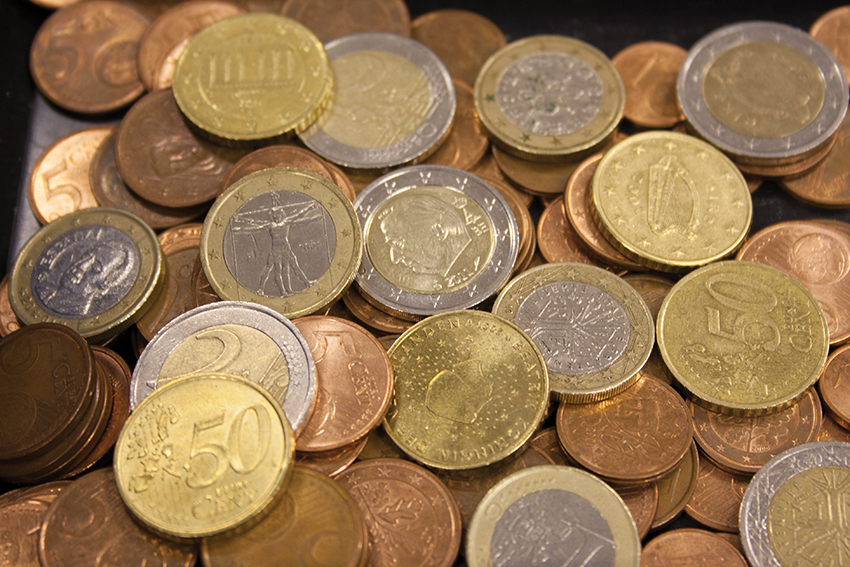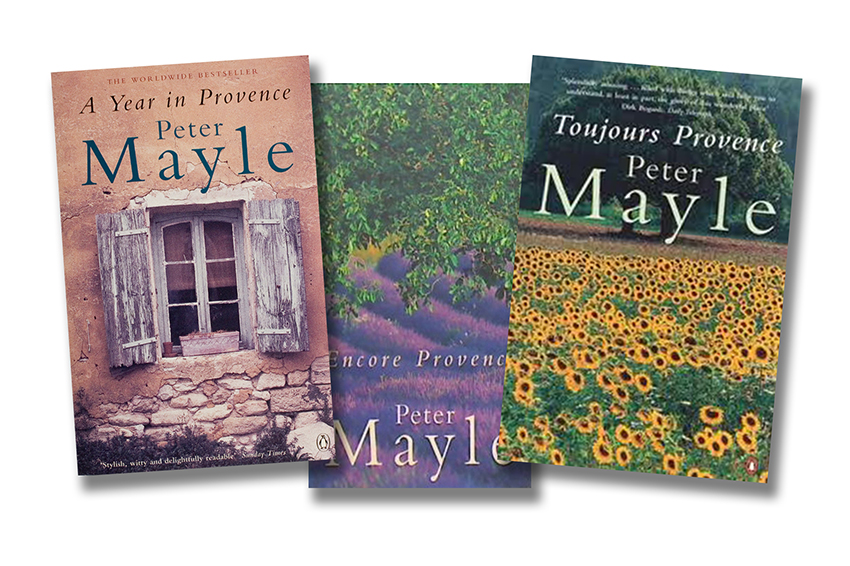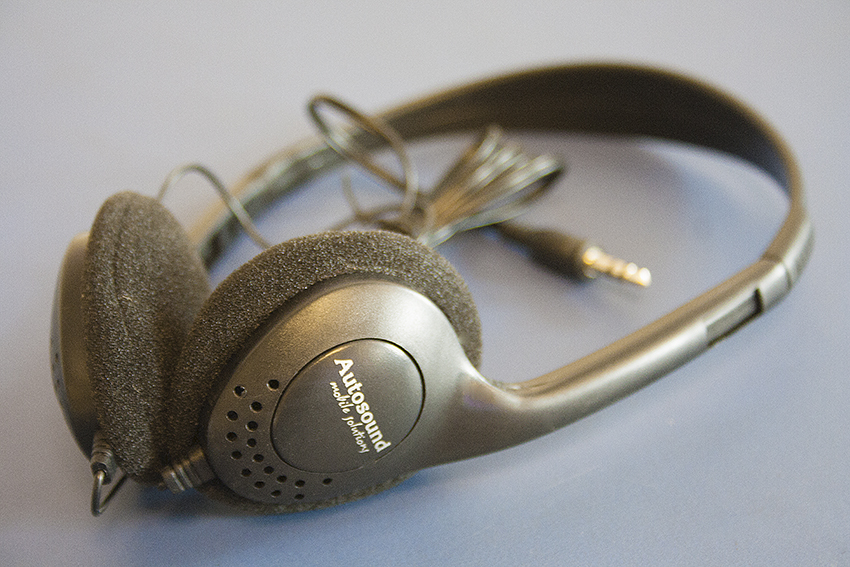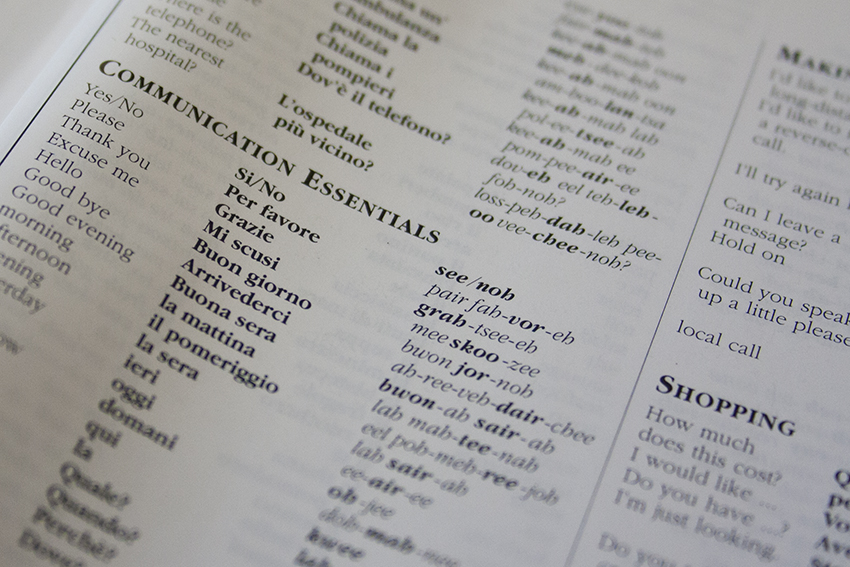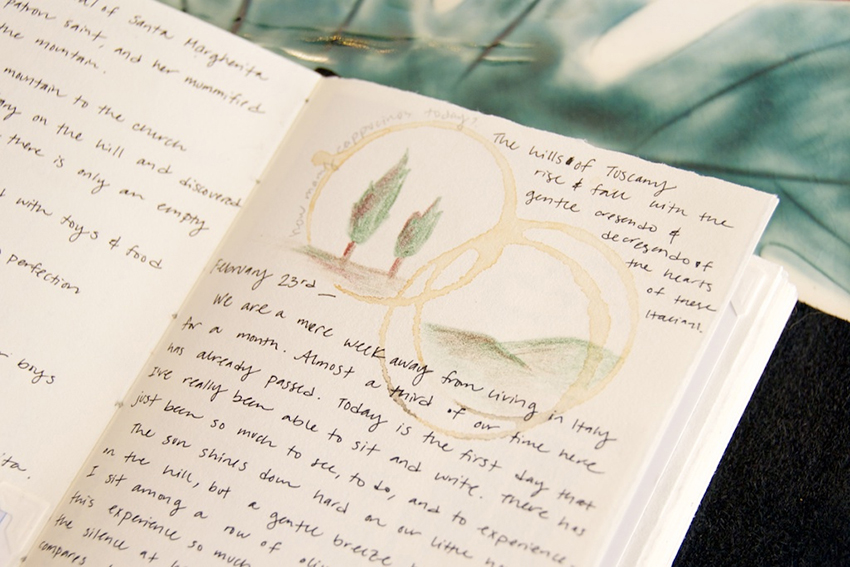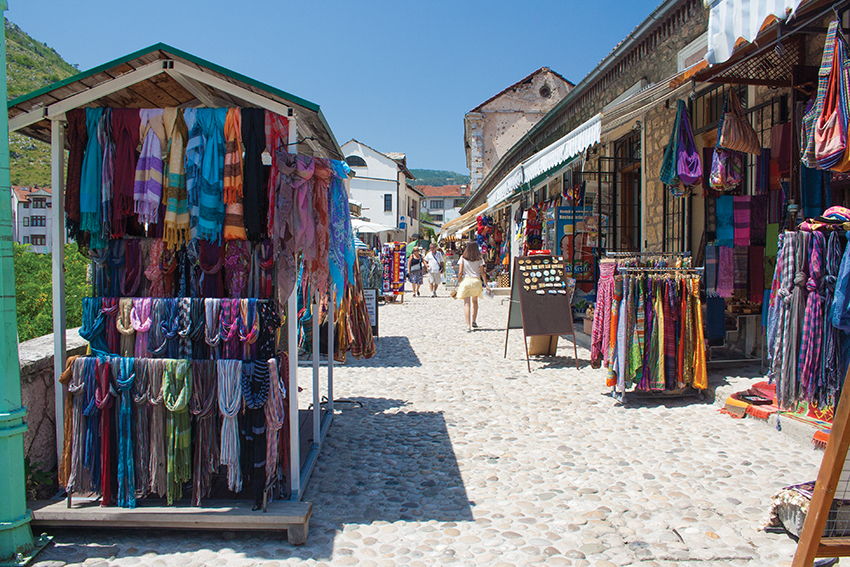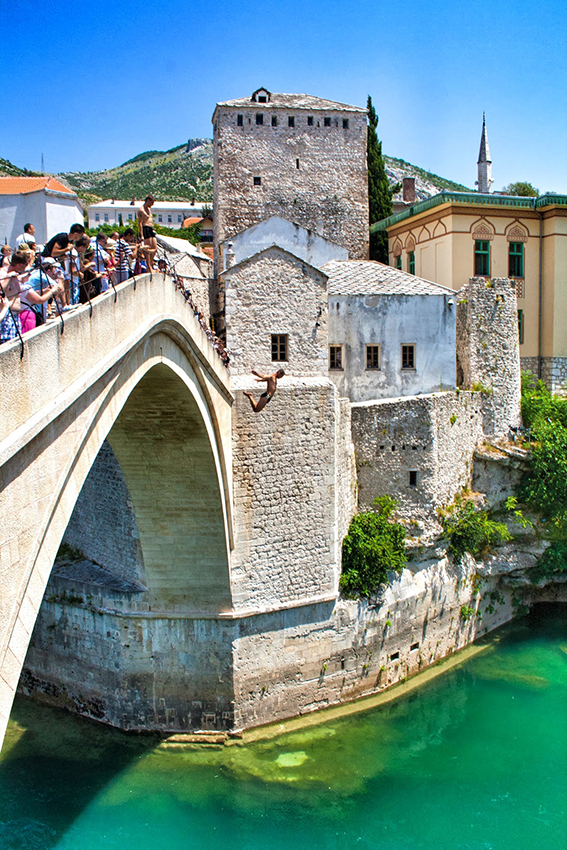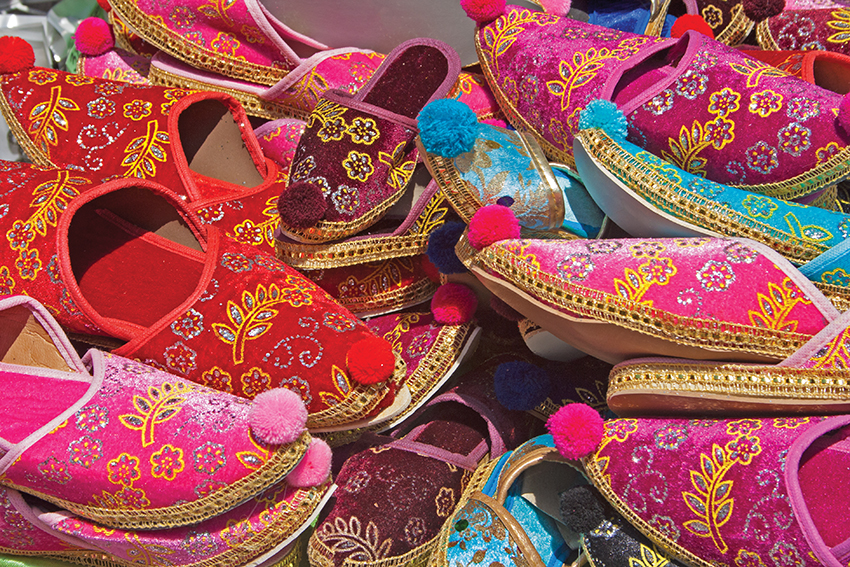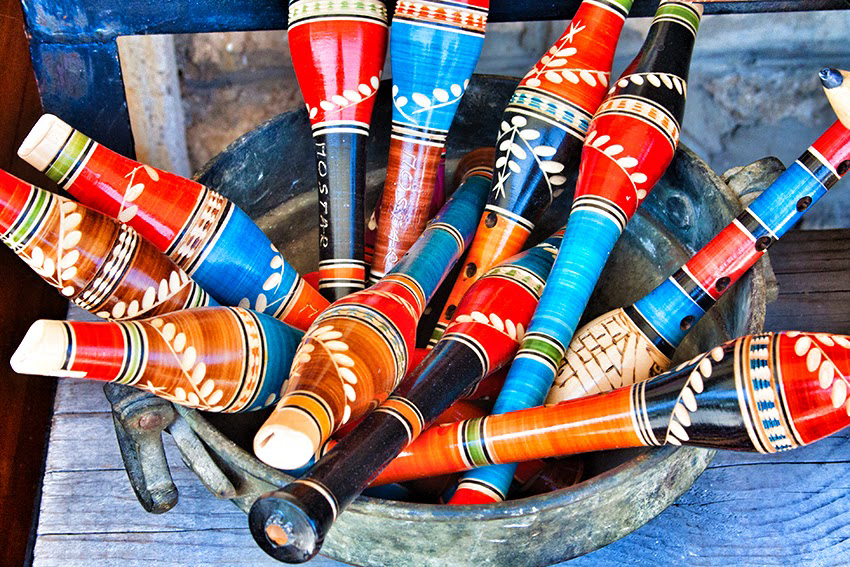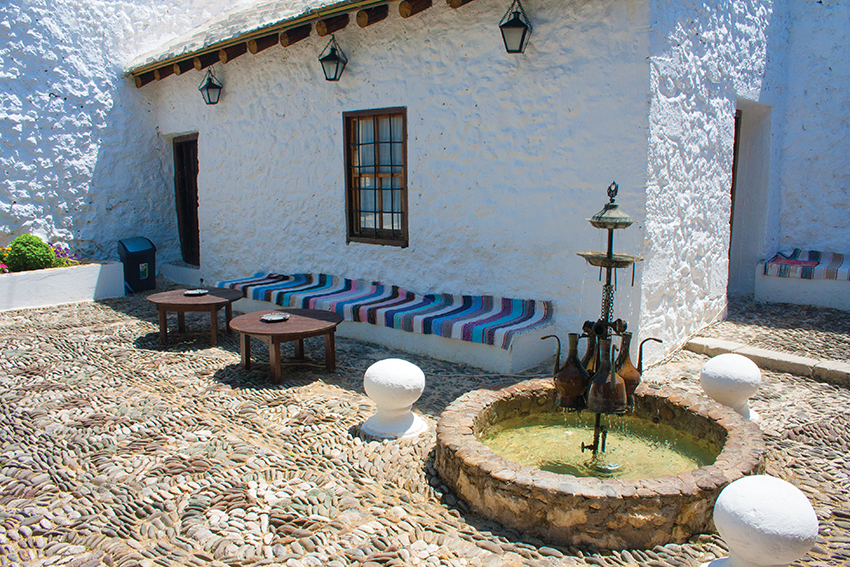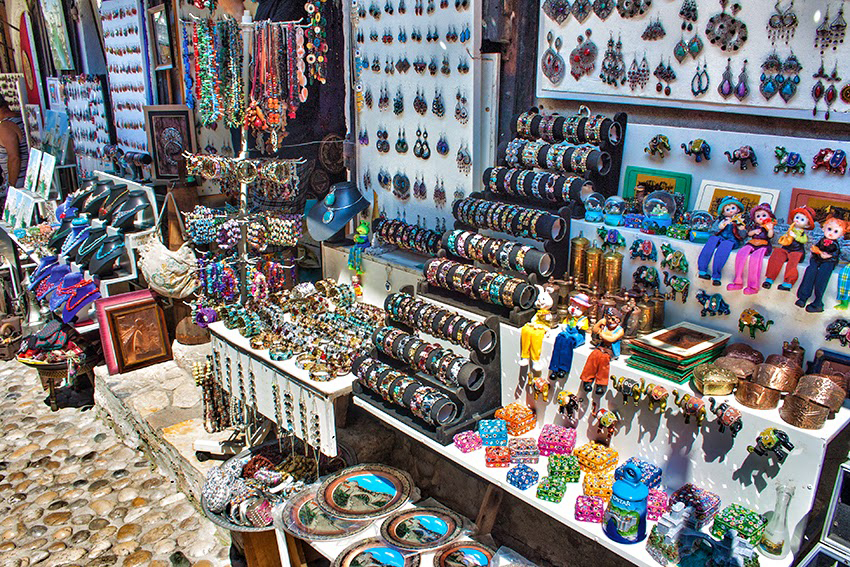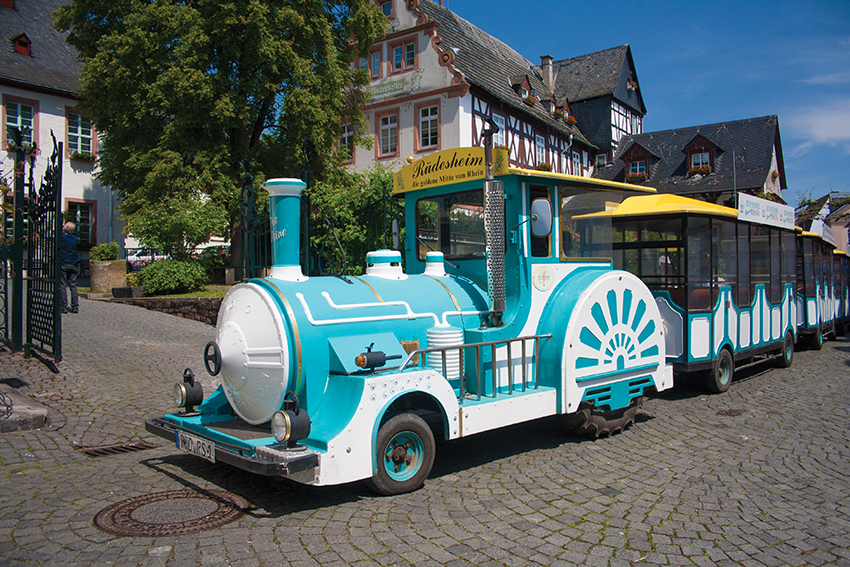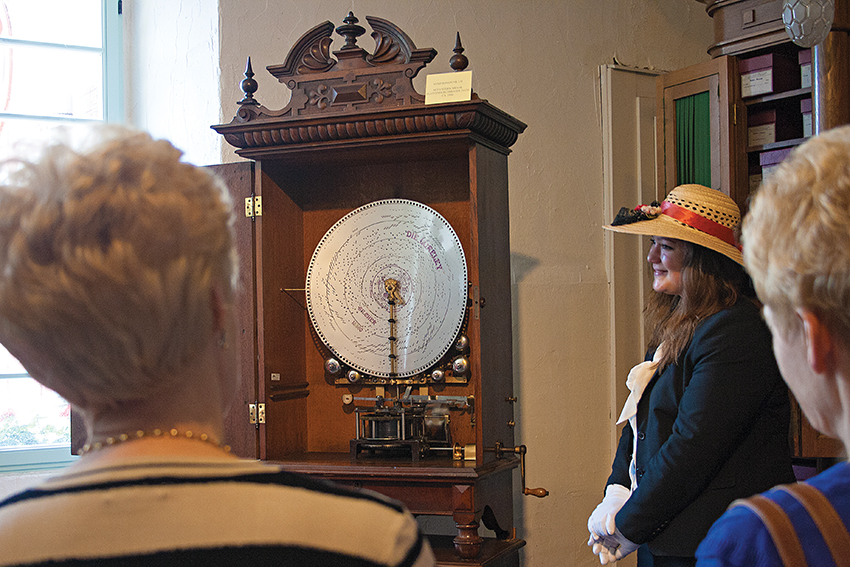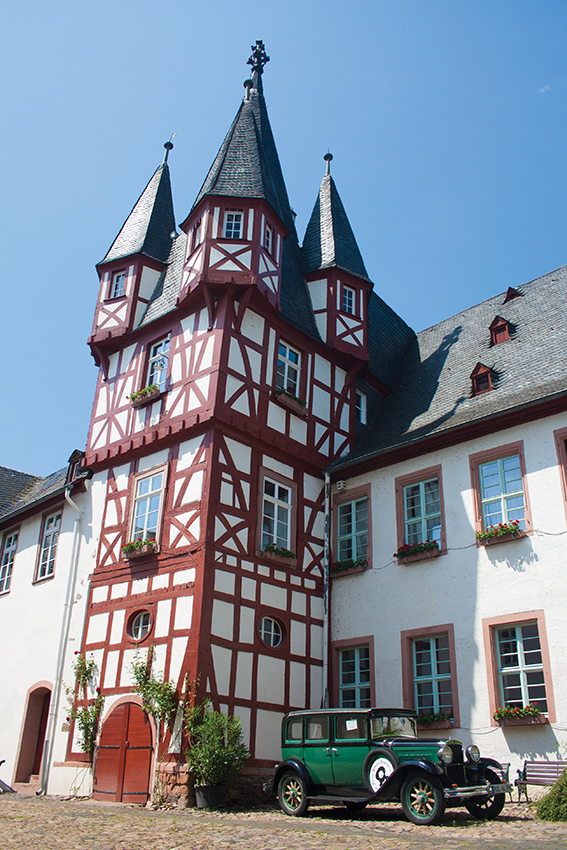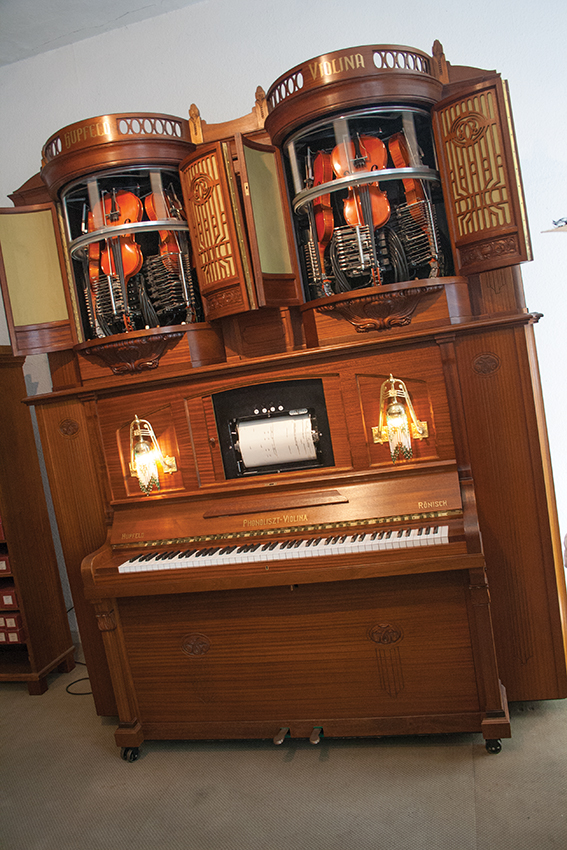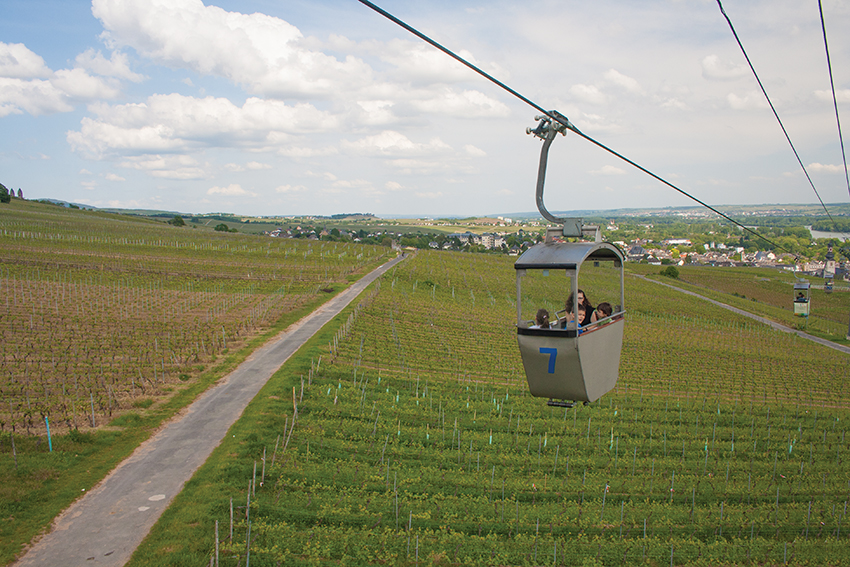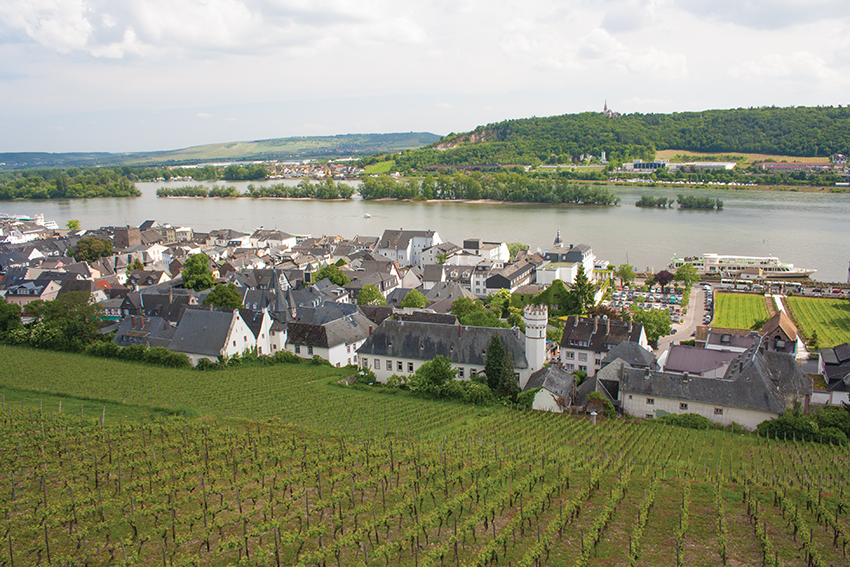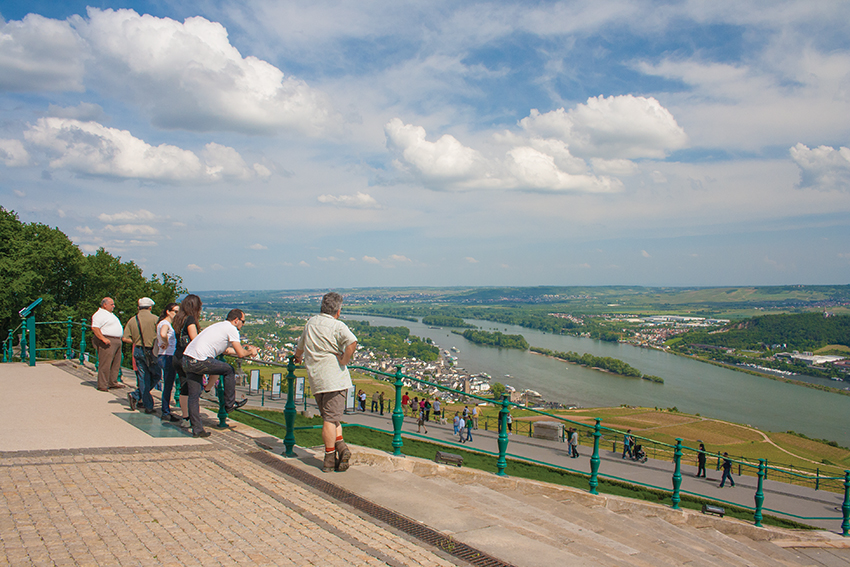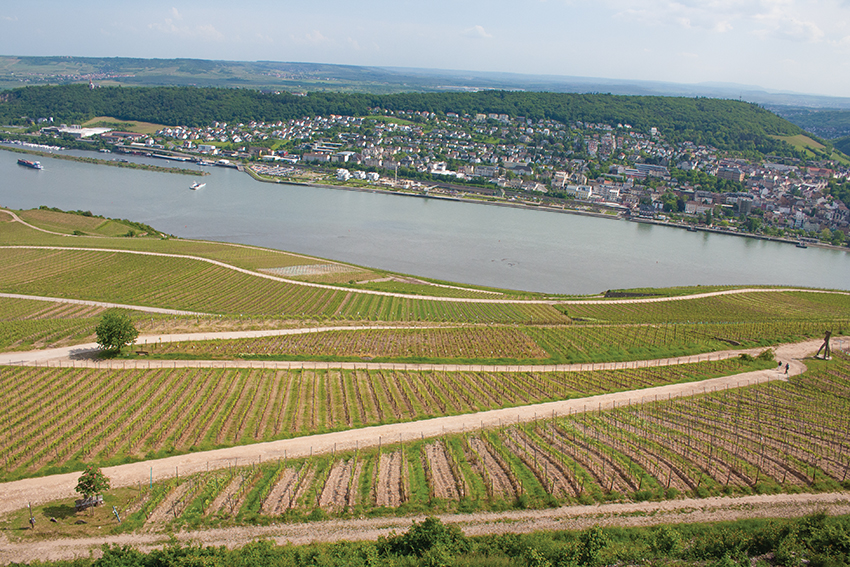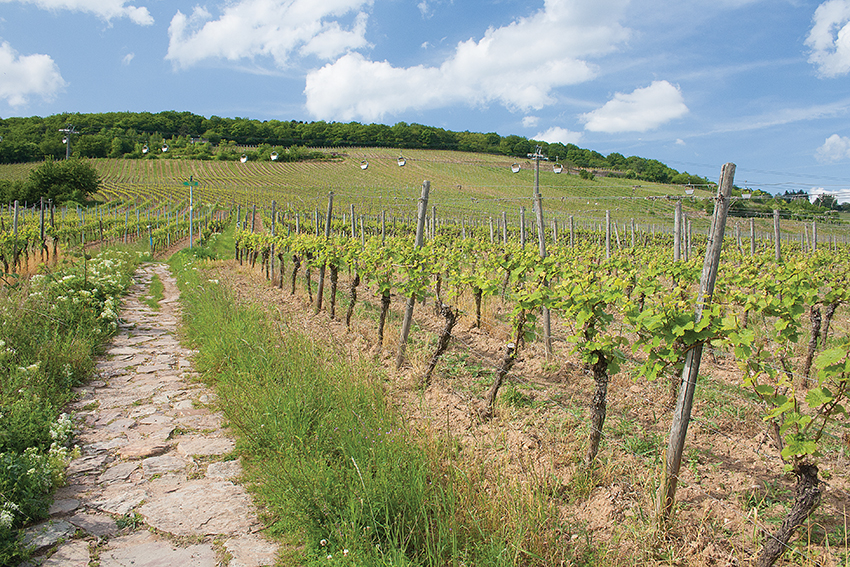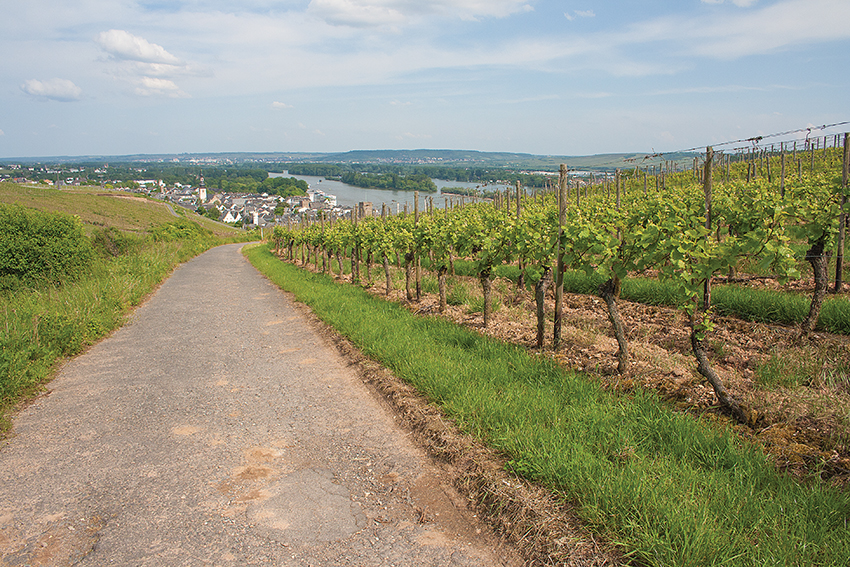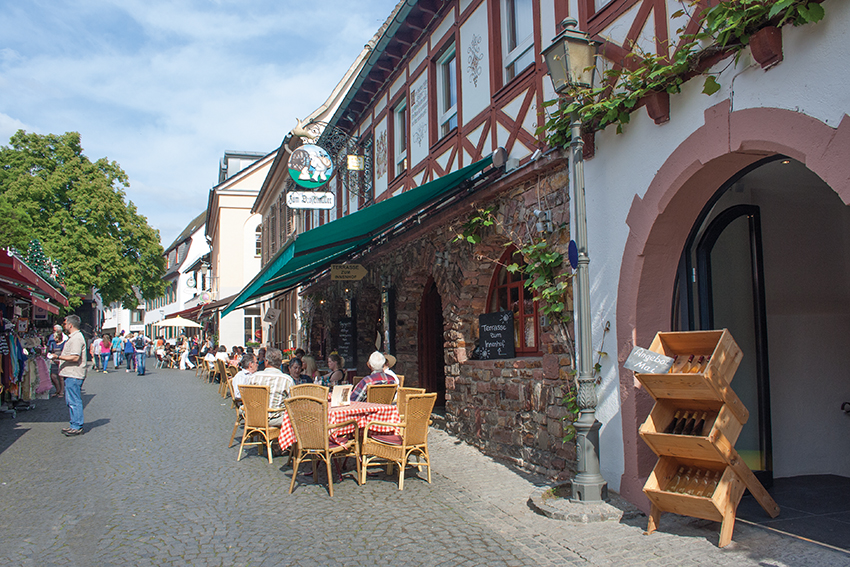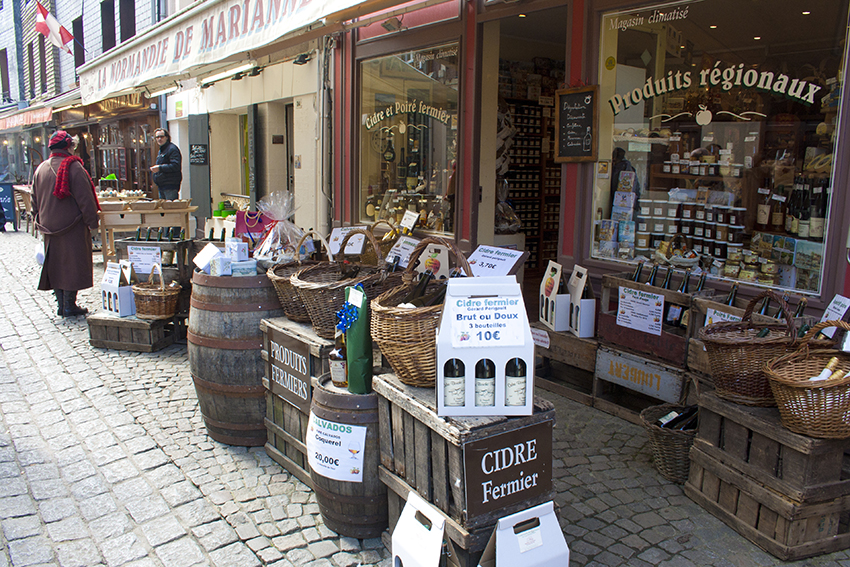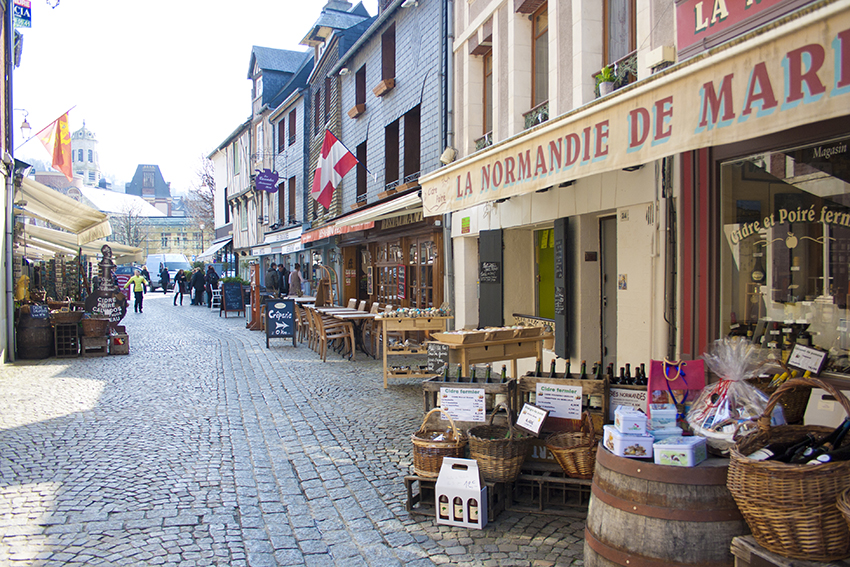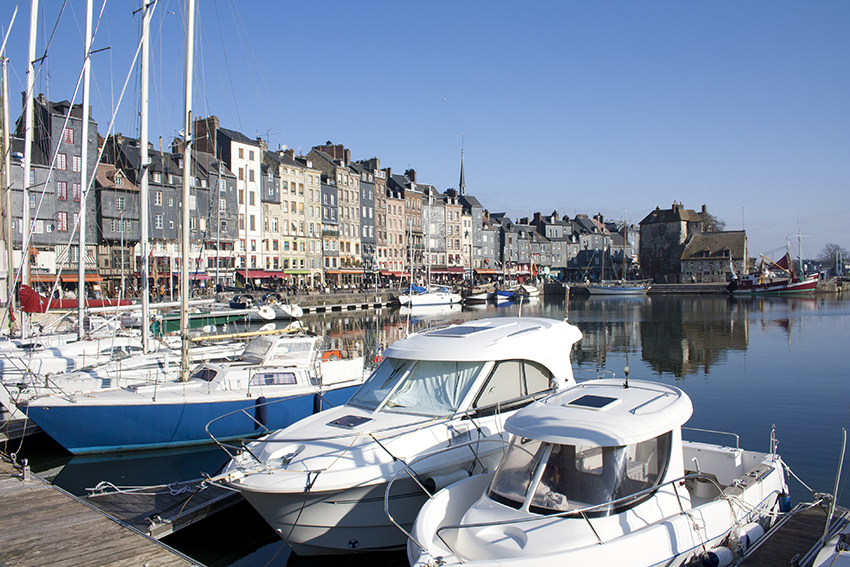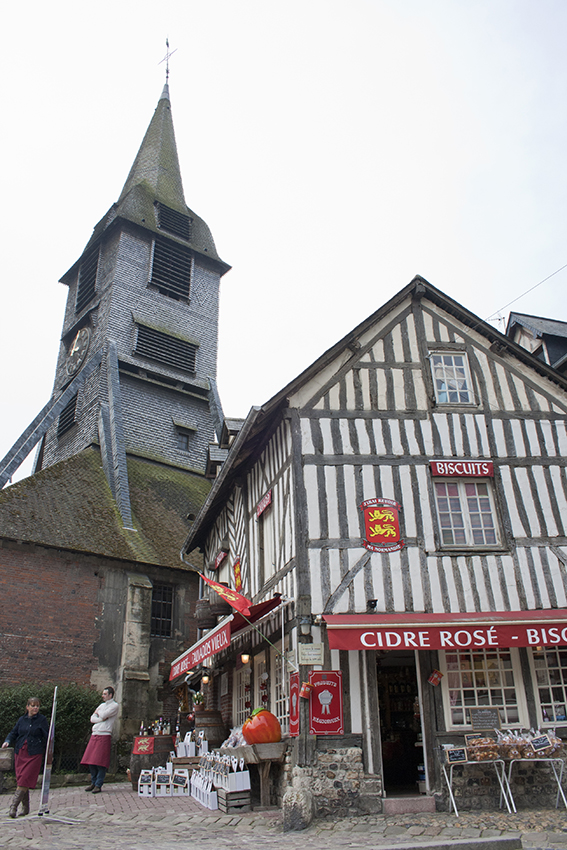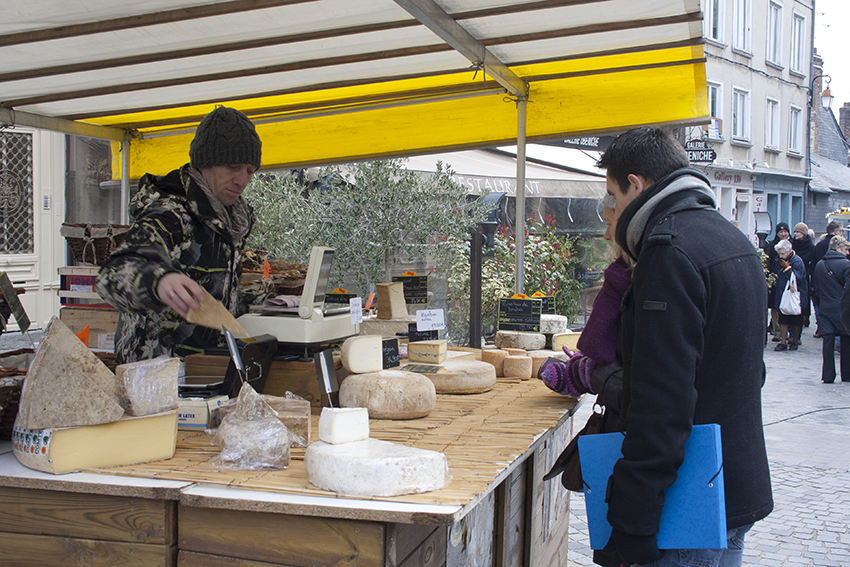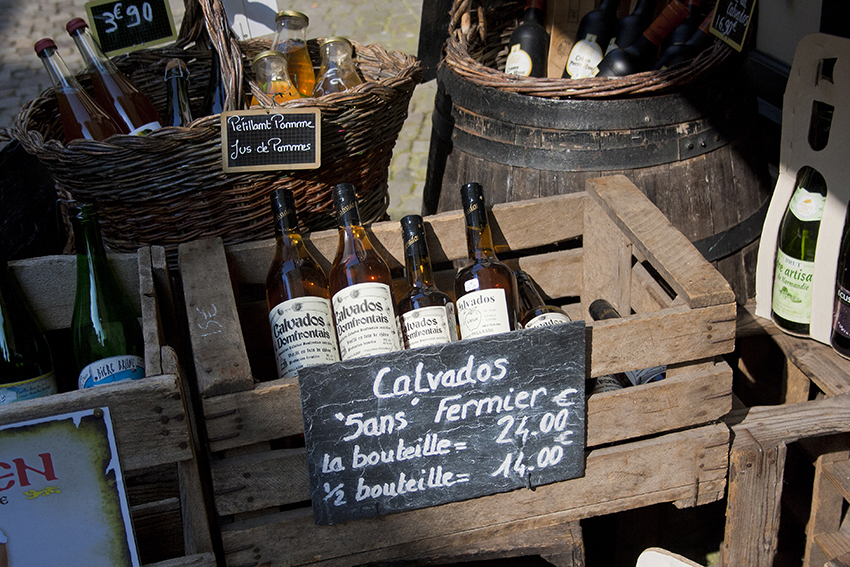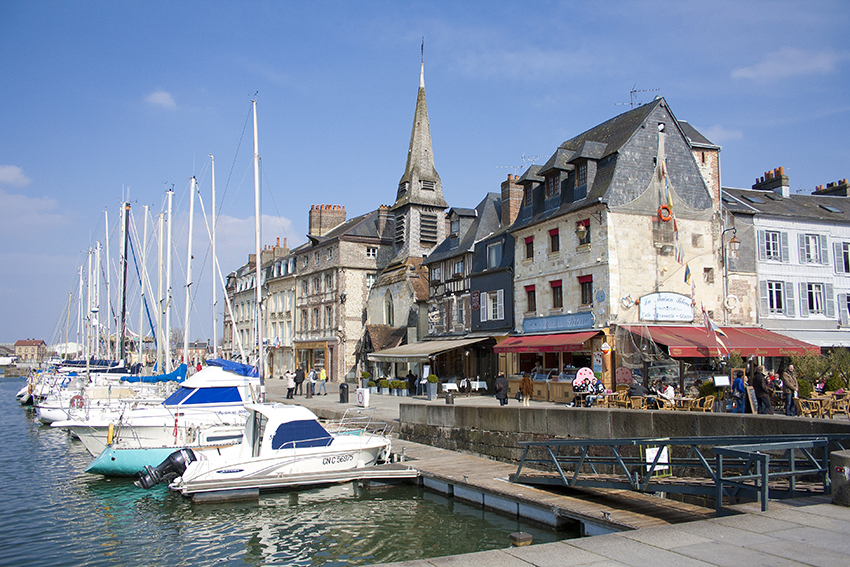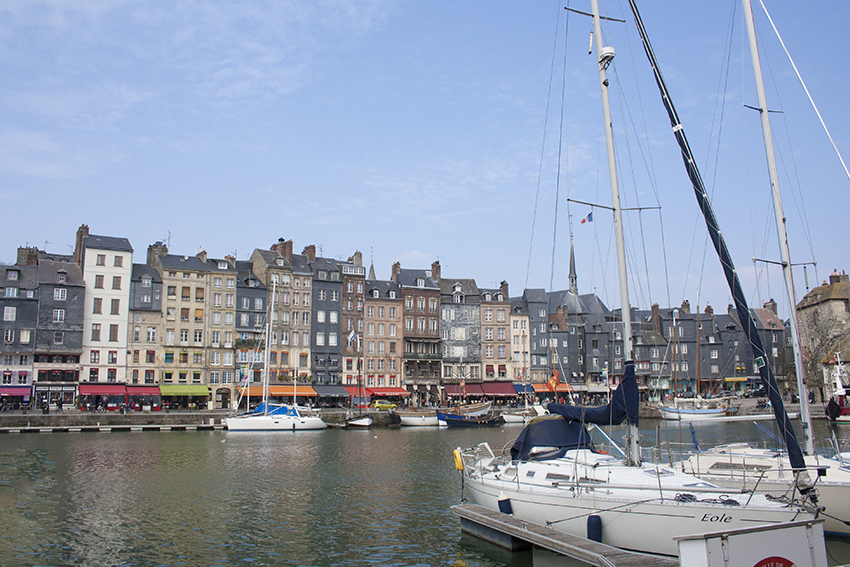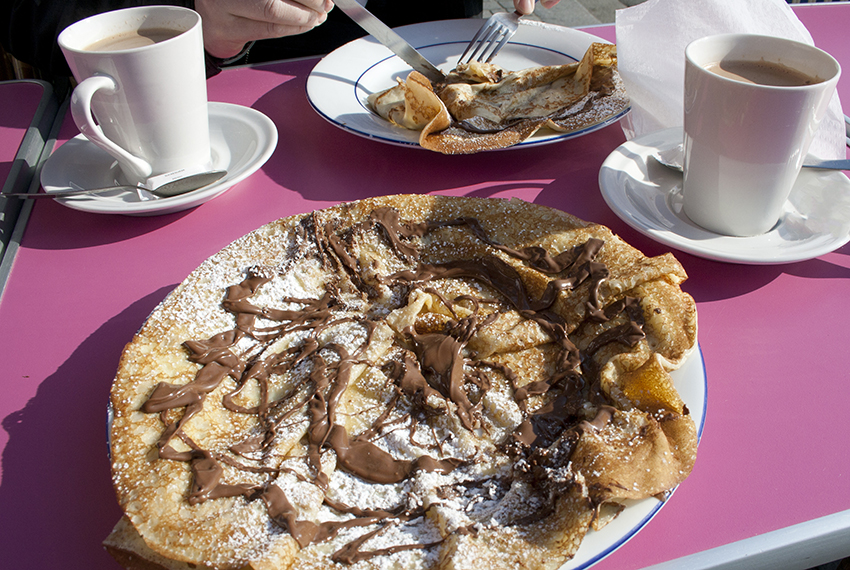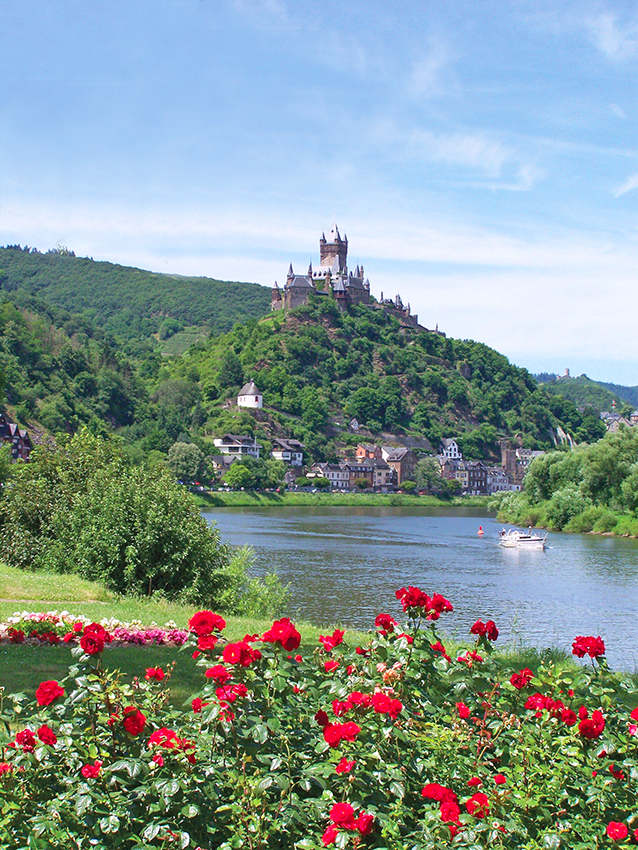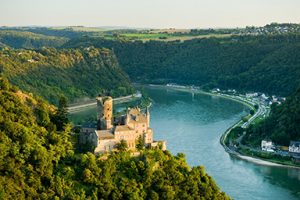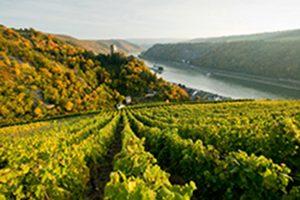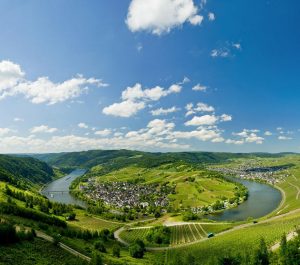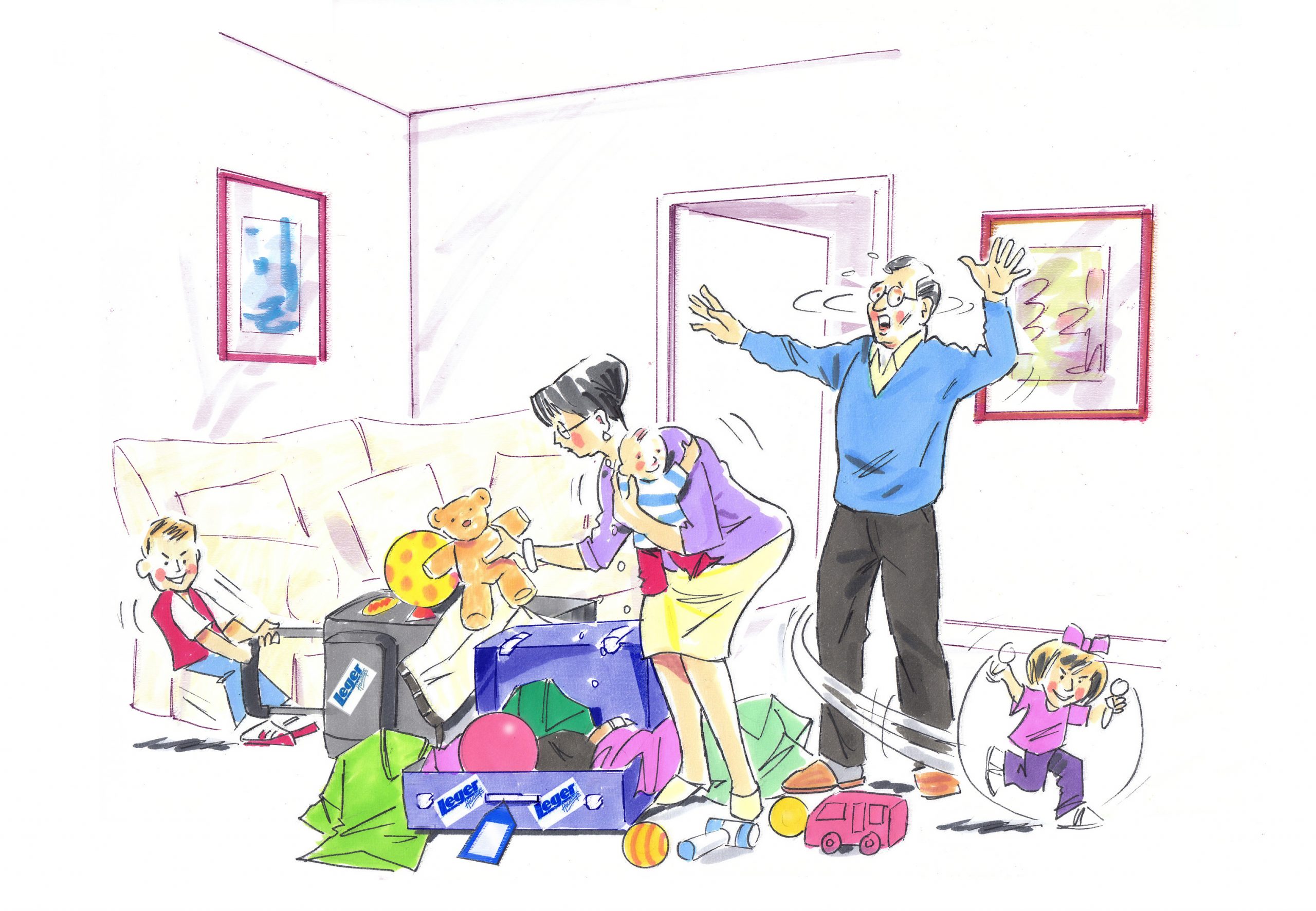Zara Thompson, Reservations Supervisor, has worked at Leger for 6 years. Enjoying the races on TV, she wanted to experience the real thing.
My husband and I had our first Grand Prix experience at Hockenheim, Germany in 2012 and had such an amazing time, so decided to go again this year.
Which tour did you go on?
The German Grand Prix 2013 at the Nürburgring.
How did you get there and how long did it take?
We drove to the Holiday Inn at Ashford North the day before and were collected at 1pm by a feeder coach. This was a leisurely start and not too tiring on the first day. The Channel crossing was by ferry from Dover to Calais, during which we had time to relax on board and start to take in the atmosphere of the avid Grand Prix fans all travelling to Germany. We arrived at our hotel around 11pm, which was reasonable for the distance we had travelled to be close to the circuit.
Where did you stay?
We stayed at the 4-star Ramada Hürth-Köln which was in a great location, with places nearby to get our evening meal and only a 1-hour drive from the circuit. After a lovely breakfast, we left the hotel in good time to beat the traffic to get to the Nürburgring.
How does actually seeing it live compare to watching on TV?
It’s such an incredible difference, being at the circuit to watching the race on TV. From the sounds of the roaring engines to the smell of the fuel, you get to feel the intensity of the F1 cars and see just how quick they fly around the track. It’s such a good atmosphere, with all the different supporters of teams, drivers and nationalities. There’s a real sense of camaraderie and mutual respect between each supporter, all together, just there to have a good time and enjoy the race. Before we went, we knew we wouldn’t get to see as much of the race as you do on TV, but the atmosphere more than made up for that. At qualifying, we walked around the circuit to work out the best places to stand to see the race. On the race day we found where we wanted to be and managed to get in front of a screen and saw more or less everything they showed on the TV as well!
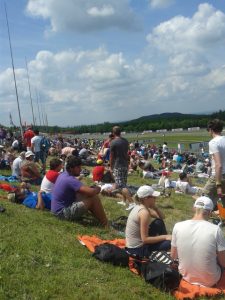
Did you go to watch a certain driver or team?
I will always be patriotic and support McLaren, but this season, I have had to follow my not-so-secret crush: Lewis Hamilton! Kitted out in Mercedes gear with a huge Hamilton flag was a bit daunting in the middle of a crowd of Vettel fans… in Germany! When Lewis got pole position on the Saturday we wanted to discreetly slope away back to the coach… to our surprise, all the German fans were cheering with us and had a few beers with us at the bar!
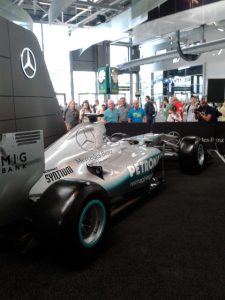
What was the weather like? Did it affect your visit?
As we had this as our main holiday this year, we were really hoping to get some sunshine. The whole weekend was glorious from when we arrived in the morning until after the race ended in the late afternoon. It made the experience more enjoyable and worthwhile, rather being in rainy Silverstone back in the UK!
Please sum up your tour in five words?
Atmospheric, surprising, experience, thrilling, loud!
Would you do a Grand Prix tour again?
Definitely! Nürburgring was top of the list, but I’d love to go to the Belgium Grand Prix and The Monaco Grand Prix.
Discover the latest Grand Prix and F1 holidays here.

